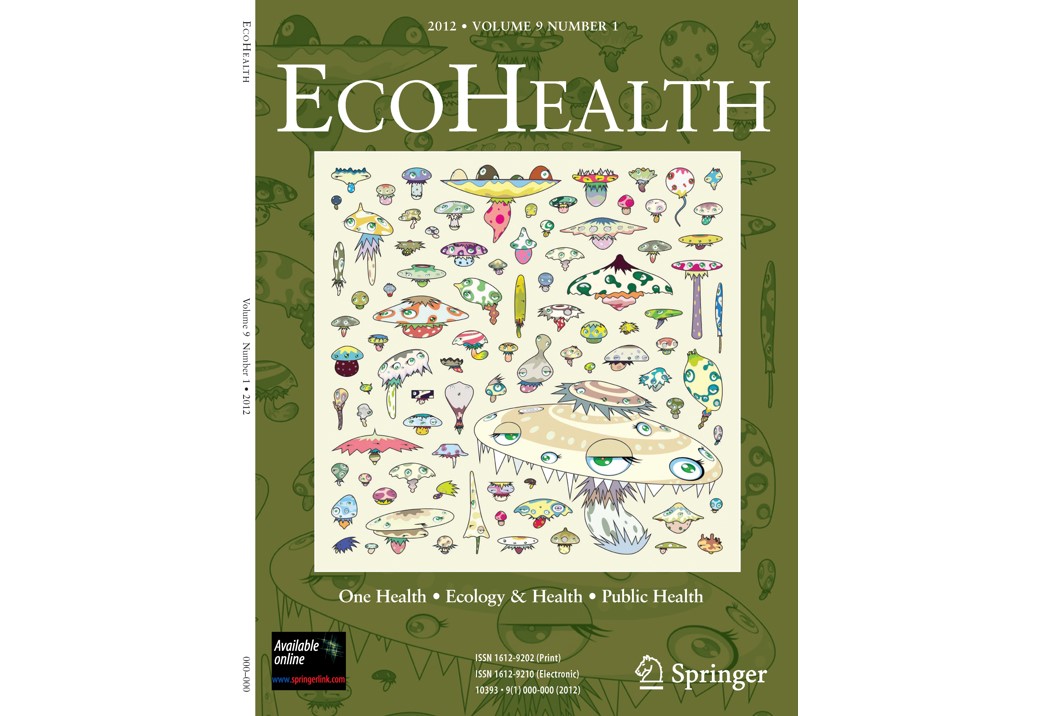Published in: Ecohealth
Authors: Antonia Eleanor Dalziel (1,2), Anthony W. Sainsbury (1), Kate McInnes (3), Richard Jakob-Hoff (4), and John G. Ewen (1)
(1) Institute of Zoology, Zoological Society of London, London UK
(2) Royal Veterinary College, London, UK
(3) Department of Conservation, Conservation House – Whare Kaupapa Atawhai, Wellington, New Zealand
(4) New Zealand Centre for Conservation Medicine, Auckland, New Zealand
Abstract:
Conservation translocations are increasingly used to manage threatened species and restore ecosystems. Translocations increase the risk of disease outbreaks in the translocated and recipient populations. Qualitative disease risk analyses have been used as a means of assessing the magnitude of any effect of disease and the probability of the disease occurring associated with a translocation. Currently multiple alternative qualitative disease risk analysis packages are available to practitioners. Here we compare the ease of use, expertise required, transparency, and results from, three different qualitative disease risk analyses using a translocation of the endangered New Zealand passerine, the hihi (Notiomystis cincta), as a model. We show that the three methods use fundamentally different approaches to define hazards. Different methods are used to produce estimations of the risk from disease, and the estimations are different for the same hazards. Transparency of the process varies between methods from no referencing, or explanations of evidence to justify decisions, through to full documentation of resources, decisions and assumptions made. Evidence to support decisions on estimation of risk from disease is important, to enable knowledge acquired in the future, for example, from translocation outcome, to be used to improve the risk estimation for future translocations. Information documenting each disease risk analysis differs along with variation in emphasis of the questions asked within each package. The expertise required to commence a disease risk analysis varies and an action flow chart tailored for the non-wildlife health specialist are included in one method but completion of the disease risk analysis requires wildlife health specialists with epidemiological and pathological knowledge in all three methods. We show that disease risk analysis package choice may play a greater role in the overall risk estimation of the effect of disease on animal populations involved in a translocation than might previously have been realised.
You can find the article here
